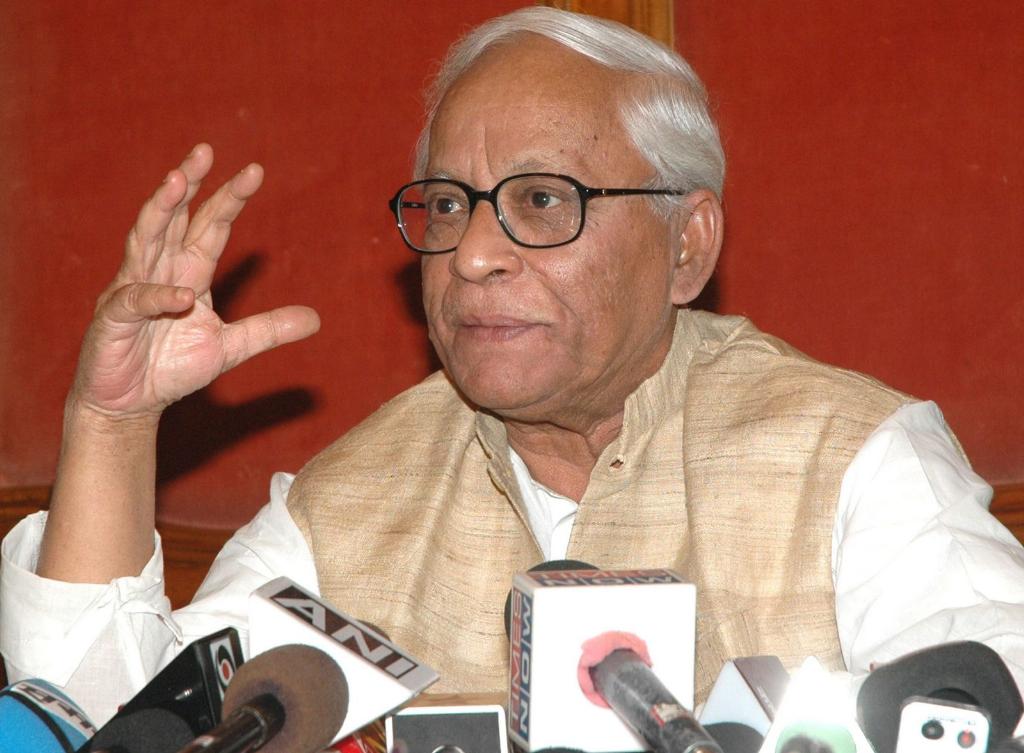July 26, 2014
Being driven primarily by climate disruption, say scientists

Students taking part in an awareness programme at a school in Patiala recently.
July 26, 2014
Being driven primarily by climate disruption, say scientists

Students taking part in an awareness programme at a school in Patiala recently.
The danger is lurking near us. Scientists now warn that the persistent loss and decline of biodiversity is leading humanity to early days of the planet’s sixth mass biological extinction event.
Since 1500, more than 320 terrestrial vertebrates have become extinct. Populations of the remaining species show a 25 per cent average decline in abundance.
The situation is similarly dire for invertebrate animal life.
“While previous extinctions have been driven by natural planetary transformations or catastrophic asteroid strikes, the current die-off can be associated with human activity, leading to an era of ‘Anthropocene defaunation’,” said lead researcher Rodolfo Dirzo, a Professor of Biology at Stanford University.
Across vertebrates, 16-33 per cent of all species are estimated to be globally threatened or endangered.
Large animals — described as megafauna and including elephants, rhinoceroses, polar bears and countless other species worldwide — face the highest rate of decline, a trend that matches previous extinction events, the study noted.
Consequently, the number of rodents doubles — and so does the abundance of the disease-causing ectoparasites that they harbour.
“Where human density is high, you get high rates of defaunation, high incidence of rodents and thus high levels of pathogens, which increases the risks of disease transmission,” Professor Dirzo added.
The scientists also detailed a troubling trend in invertebrate defaunation. Human population has doubled in the past 35 years; in the same period, the number of invertebrate animals — such as beetles, butterflies, spiders and worms — has decreased by 45 per cent.
As with larger animals, the loss is driven primarily by loss of habitat and global climate disruption, and could have trickle-up effects in our everyday lives.
“Immediately reducing rates of habitat change and overexploitation would help but these approaches need to be tailored to individual regions and situations,” Professor Dirzo suggested.
According to him, “We tend to think about extinction as loss of a species from the face of Earth but there is a loss of critical ecosystem functioning in which animals play a central role that we need to pay attention to as well.” The review was published in Science.
Courtesy: IANS
















































































































